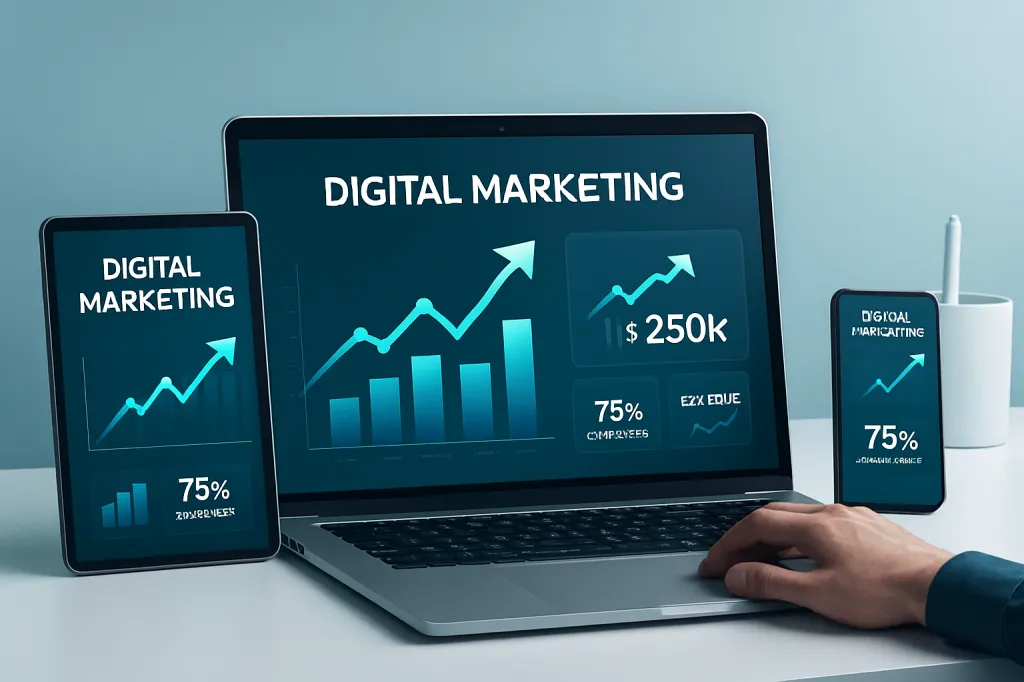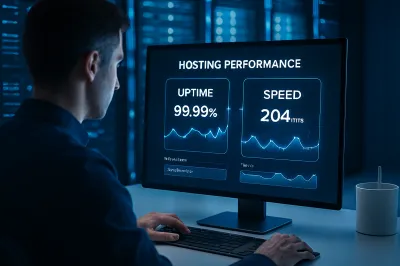How to Scale with Digital Strategy: An Academic Guide to Online Marketing & E-Business
Abstract
This article synthesizes technical frameworks and practical tactics for scaling online businesses. It integrates marketing theory with operational guidance — covering audience segmentation, paid acquisition, SEO, conversion rate optimization (CRO), data governance, and monetization strategies optimized for AdSense-friendly publishing.
1. Framing a Scalable Digital Strategy
Scaling is not merely increasing traffic: it is the orchestration of sustainable growth loops. A robust strategy aligns four pillars — user acquisition, user experience, data-driven optimization, and governance. Together, these pillars enable repeatable scaling while maintaining quality standards required by platforms like Google AdSense.
2. Acquisition Channels & Efficiency
Organic Search (SEO)
SEO remains the highest-leverage channel for long-term scale. Focus on topical authority, structured content (H1–H3), semantic keyword clusters, and technical SEO (sitemaps, robots, canonicalization). Implement schema markup for articles and FAQs to improve SERP real estate.
Paid Acquisition
Paid channels (search ads, social ads) accelerate scale but require careful unit economics. Track CPA (cost per acquisition), CLV (customer lifetime value), and ROAS (return on ad spend) through consistent UTM tagging and conversion APIs.
3. Maximizing Conversion and Retention (CRO)
- Use hypothesis-driven A/B testing to validate design and copy changes.
- Optimize landing page LCP and TTFB to reduce abandonment.
- Personalize CTAs by cohort and acquisition source.
4. Measurement & Data Governance
Accurate measurement is the backbone of scaling. Implement deterministic tracking where possible, maintain a clean analytics taxonomy, and reconcile server-side events with client-side metrics. Protect user privacy and comply with regional regulations (e.g., GDPR, PDPA) — essential for AdSense eligibility and advertiser trust.
Core metrics: Sessions, Users, Conversion Rate, Bounce Rate, LTV, CAC, Page Load Time
5. Monetization & AdSense Best Practices
For AdSense readiness, prioritize original high-quality content, a clean UX, and transparent site policies (privacy policy, about, contact). Avoid deceptive ad placements and ensure mobile-first responsiveness. Use lazy loading for images and maintain ad-to-content ratio that does not harm user experience.
6. Governance, Teaming, and Scale Operations
Operate growth as a cross-functional capability: marketing, product, engineering, and data must share KPIs and release cadences. Use staging environments for experiments and rollouts, and institute an incident response plan for uptime and reputation issues.
Conclusion
Scaling is a disciplined process combining acquisition, CRO, data integrity, and responsible monetization. Organizations that treat growth as an engineering and scientific practice — rather than a marketing art only — achieve sustainable scale and create websites that meet both user expectations and platform standards such as Google AdSense.
Get a growth checklist




